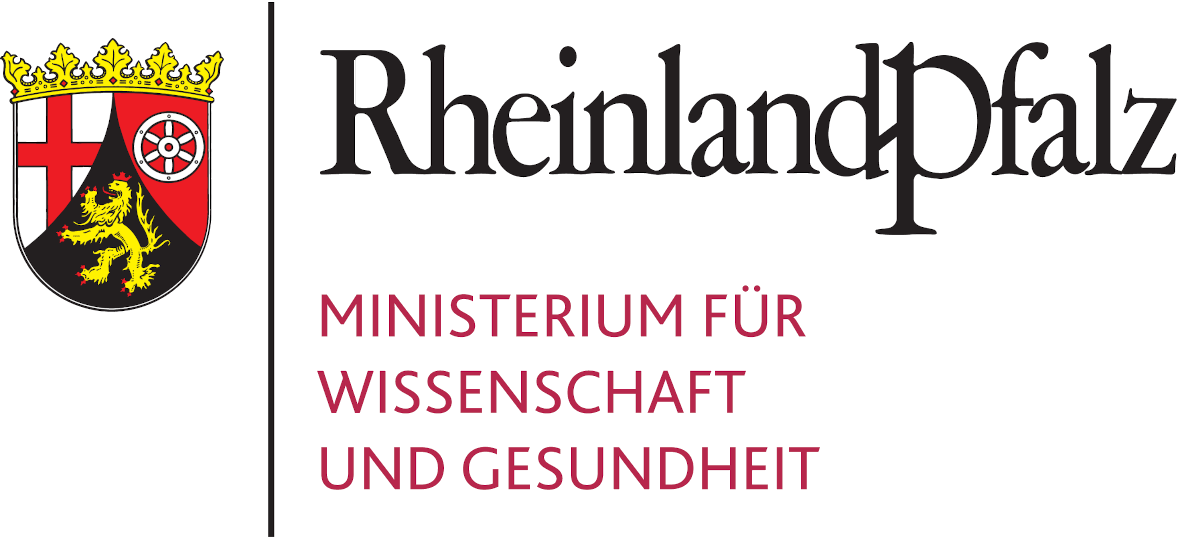In the 1950s, and even more so in the 1960s, the creation of numerous posts for historians at both universities and research institutes opened new opportunities for innovative ideas and heterodox views in European historiography. Thus, in many countries, historical scholarship underwent remarkable transformation in regard to both themes and methods. This general trend towards pluralism was hampered by political control in the socialist countries, and delayed in some other countries, but in the 1990s it developed to its fullest extent throughout Europe. Hence, although political history, and in particular that part of it concerned with the nation, was and still is the backbone of historiography, a new diversity arose which allowed other approaches to develop alongside the mainstream. This diversity – or as some have termed it ‘fragmentation’ – was the most visible intellectual effect of the great expansion of historiography that occurred in Europe after the Second World War.
The first new trend to appear was that of social and economic history, the ground for which had been prepared during the inter-war period when international cooperation and new journals had spread. After the Second World War, the creation of new posts, and especially of new research institutes, helped develop the subdiscipline further. Historians from the socialist countries (particularly Hungary, Poland, the German Democratic Republic, and Czechoslovakia) were involved in this general trend, whose strongholds in Western Europe were France, Britain and Scandinavia. It was a challenge to traditional forms of national historiography centred on high politics and their actors and events. Thereafter, social history profited from the spread of varieties of Marxism among younger scholars in Western Europe under the impact of the international student movement of the 1960s and the strength of the New or Old Left in many academic milieus during the 1970s. Yet social historians still concentrated closely on national themes and developed typically national styles, so that social history assumed very different forms in France, Britain, Italy or Germany, to name only the four countries that together with the USA had the strongest international impacts. New chairs and research institutes for social history were created throughout Europe, beginning in the socialist countries, with the result that in 1980 in Europe around 17 per cent of academic positions with thematic specification concerned social history. This growth was driven by the founding of new journals, most notably Annales E.S.C. (refounded in France in 1945), Past and Present (Britain in 1952), Geschichte und Gesellschaft (West Germany in 1975), and Social History (Britain 1976). The older generation (born around 1905) of Fernand Braudel or Moses Finley, while the younger one (born in the 1920s or 1930s and represented by Ulrich Wehler or Edward Thompson) often took the lead during the boom years of social history in the late 1960s and 1970s.
However, after 1970, new trends started to push social history increasingly into the background: the postmodernist turn that came about in the humanities and social sciences of the Western World during the 1980s did not significantly affect historiography, but it gave further impetus to the rise of new themes and new approaches that again challenged the discipline’s established wisdom and routines. New cultural history, history of mentalities, microhistory and historical anthropology were the programmatic stimulants of a new interest in cultural studies in a very broad sense ranging from the study of political languages, through the manifold aspects of everyday life, to urban cultures or religious and political rituals. As social history had done previously, the new cultural history explored new sources and used new methods borrowed from sociology, anthropology and cultural studies. The establishment of gender history was the most visible innovation in this field, and it was a major factor in the definitive end of the long-standing male monopoly of historiography, its legitimate themes and methods. Once again, these new interests were fostered by the founding of new journals, such as Quaderni storici (Italy 1976), History Workshop (Britain 1977) or Historische Anthropologie (West Germany 1989).
But national historiography did not cease to exist, and it was by no means marginalized by these new trends. Indeed, the study of the nation’s past often profited from the new approaches that introduced new perspectives in the writing of national historiography – as evidenced by the case of France or the Scandinavian countries. In France, the Annales school opened the writing of French national historiography up to demographic, economic, anthropological, social and cultural themes. In Italy, the Storia d’Italia, first published by Einaudi in 1972, presented a new perspective, centred on the Gramscian and Annales approaches, on the original features of the nation’s past.
But the nation-centred mainstream also profited greatly from the rise of contemporary history (broadly defined as history since 1800), and especially so from the history of the twentieth century. This recent period came to the fore in the public interest and the political use of history. The end of the dictatorships – the Nazi regime, the postStalinist dictatorships in Eastern Europe, and the authoritarian regimes in the Iberian Peninsula – their crimes, and their manifold legacies, became central themes for professional historians of the contemporary period. In all cases, the national history of recent times had to be rewritten in the light of new sources, new testimonies and new problems. The end of direct political control and censorship generated further interest in national historiography. This renaissance was challenged by a new interest in European history strongly linked to the agenda of the European Union and sponsored by the European institutions. In 2005, more than 15 per cent of positions in research or teaching with a geographical specification concerned European history (compared with a mere 6 per cent in 1980 and 5 per cent in 1955). But the spread of European history did not necessarily denote Euro centrism, because the same period saw increased interest in extra-European and global history, which in 2005 represented 6 per cent of posts with geographical specification.
All these new schools and new trends strengthened the ties among individual national fields in the discipline, and they were all part of a trend towards the internationalization of specialists and their subdisciplines, on the one hand, and of debates on methodology and theory, on the other.
Go back to Historians








